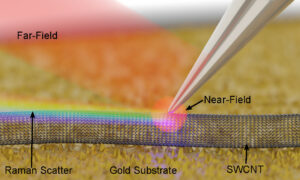Scanning Probe Microscopy
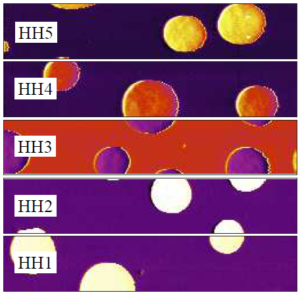
Probe Based Lithography
Probe based lithography involves creating nanometer sized features from photoresist and metal on conducting and semiconducting substrates. Near field optical, electrical and thermal fields are employed in combination with evaporation, etching and electroplating to provide high-speed alternatives for mask-less nanofabrication.
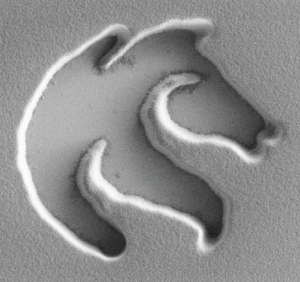
Nanopositioning
A nanopositioner is a electromechanical device for moving objects in three dimensions with atomic, or sub-atomic resolution. Nanopositioners are employed in applications such as imaging, fabrication and optics. This field encompasses mechanical design, sensor design, and control theory. More details.
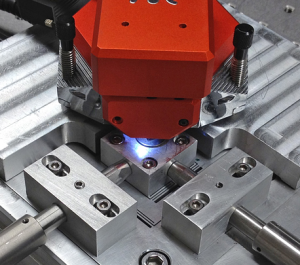
Electroactive Optics
Piezoelectric actuators can be combined with mirrors, lenses and objectives to actively control the path and properties of an optical field or laser beam. High speed electro-optics are required for precision lasers, maskless lithography, and microscopy.
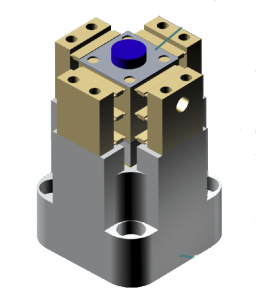
Precision Sensors
This project aims to study the fundamental limitations of capacitive, optical and magnetic position sensors. New techniques are under development to provide sub-atomic resolution over extremely wide bandwidth.
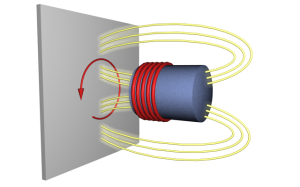
Biomedical Devices
An endoscopic pill robot is being developed for noninvasive imaging and intervention. The robot can be swallowed and includes power transmission, 6-Dimensional localization, and locomotion.
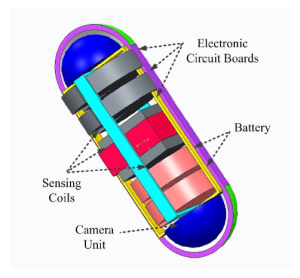
Piezo Actuators and Amplifiers
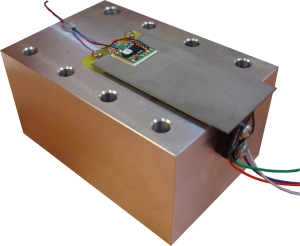
Piezo bender actuator with integrated 200V power electronics
Piezo Robotics
Due to their compact size and high efficiency, piezoelectric actuators are ideal for micro-actuation in bio-inspired robotics. This project is developing actuators and mechanics for a piezoelectric dragon-fly robot.
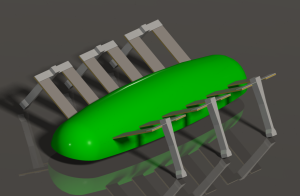
Zhu, LiMin; Yong, Y. K.; Tian, Y.; Liu, Y. (Ed.)
Actuating, Sensing, Control, and Instrumentation for Ultra Precision Engineering Book
2024, ISBN: 978-3-0365-9526-9.
@book{Zhu2024,
title = {Actuating, Sensing, Control, and Instrumentation for Ultra Precision Engineering},
editor = {LiMin Zhu and Y. K. Yong and Y. Tian and Y. Liu},
url = {https://mdpi-res.com/bookfiles/book/8747/Actuating_Sensing_Control_and_Instrumentation_for_Ultra_Precision_Engineering.pdf?v=1711452780},
doi = {https://doi.org/10.3390/books978-3-0365-9527-6},
isbn = {978-3-0365-9526-9},
year = {2024},
date = {2024-02-01},
urldate = {2024-02-01},
abstract = {Ultra-Precision Engineering (UPE) is a comprehensive field that concerns the design, manufacture and measurement of ultra-precision components and systems. With the progress of new solutions to UPE, the demand of advanced mechatronic systems with high-performance on freedom, stroke, resolution, accuracy and bandwidth has been continuously increasing. This Special Issue is a collection of 13 excellent research papers published in Actuators, showcasing and discussing new advances in actuators and mechatronic systems for UPE as well as ultra-precision machines.},
keywords = {},
pubstate = {published},
tppubtype = {book}
}
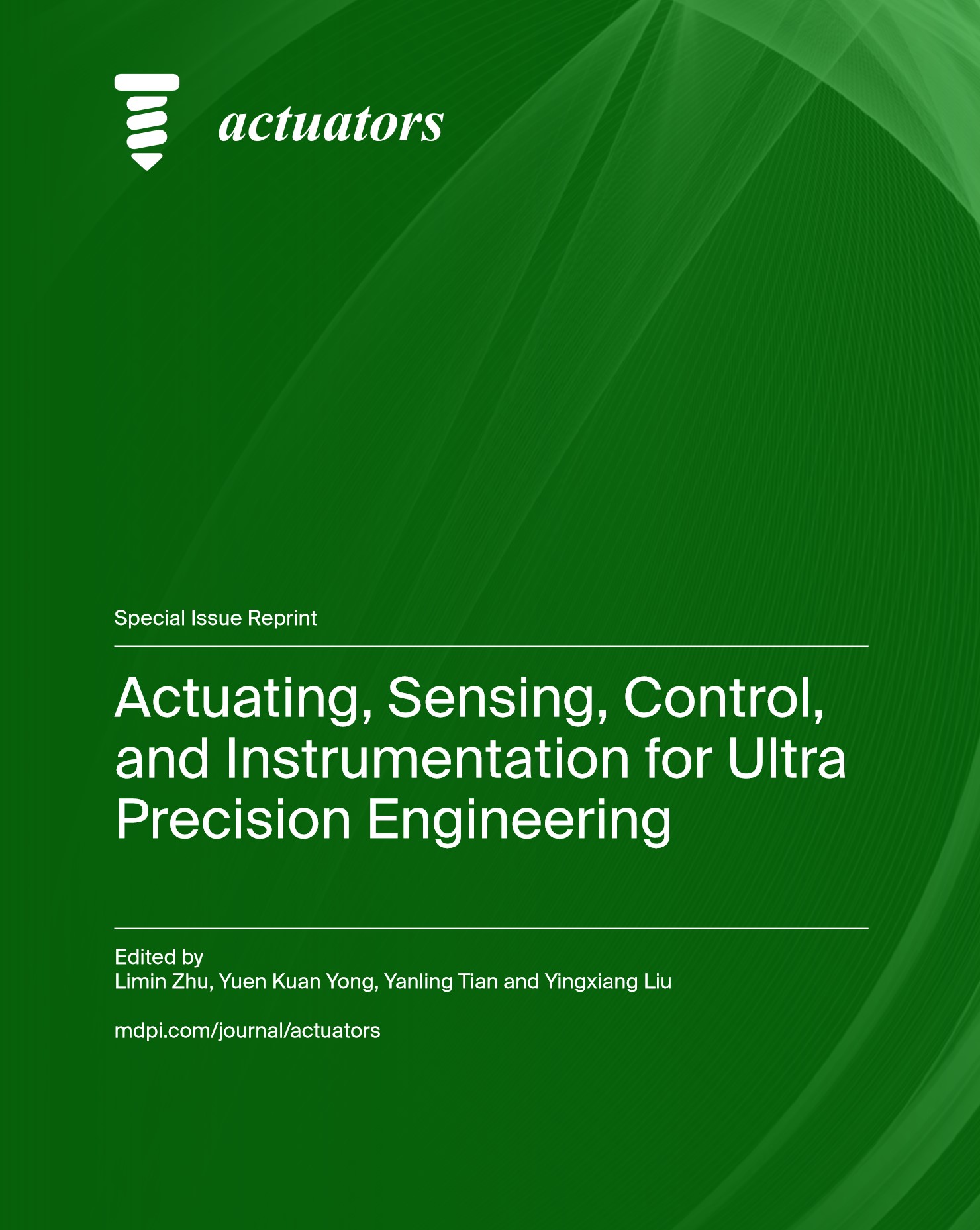
McCourt, L. R.; Routley, B. S.; Ruppert, M. G.; Fleming, A. J.
Feasibility of gold nanocones for collocated tip-enhanced Raman spectroscopy and atomic force microscope imaging Journal Article Forthcoming
In: Journal of Raman Spectroscopy, Forthcoming, ISSN: 1097-4555.
@article{J23a,
title = {Feasibility of gold nanocones for collocated tip-enhanced Raman spectroscopy and atomic force microscope imaging },
author = {L. R. McCourt and B. S. Routley and M. G. Ruppert and A. J. Fleming},
url = {https://www.precisionmechatronicslab.com/wp-content/uploads/2024/02/J23a-Preprint.pdf},
doi = {10.1002/jrs.6625},
issn = {1097-4555},
year = {2024},
date = {2024-02-01},
urldate = {2024-02-01},
journal = {Journal of Raman Spectroscopy},
abstract = {Microcantilever probes for tip-enhanced Raman spectroscopy (TERS) have a grainy metal coating that may exhibit multiple plasmon hotspots near the tip apex, which may compromise spatial resolution and introduce imaging artefacts. It is also possible that the optical hotspot may not occur at the mechanical apex, which introduces an offset between TERS and atomic force microscope maps. In this article, a gold nanocone TERS probe is designed and fabricated for 638 nm excitation. The imaging performance is compared to grainy probes by analysing high-resolution TERS cross-sections of single-walled carbon nanotubes. Compared to the tested conventional TERS probes, the nanocone probe exhibited a narrow spot diameter, comparable optical contrast, artefact-free images, and collocation of TERS and atomic force microscope topographic maps. The spot diameter was 12.5 nm and 19 nm with 638 nm and 785 nm excitation, respectively. These results were acquired using a single gold nanocone probe to experimentally confirm feasibility. Future work will include automating the fabrication process and statistical analysis of many probes.},
keywords = {},
pubstate = {forthcoming},
tppubtype = {article}
}
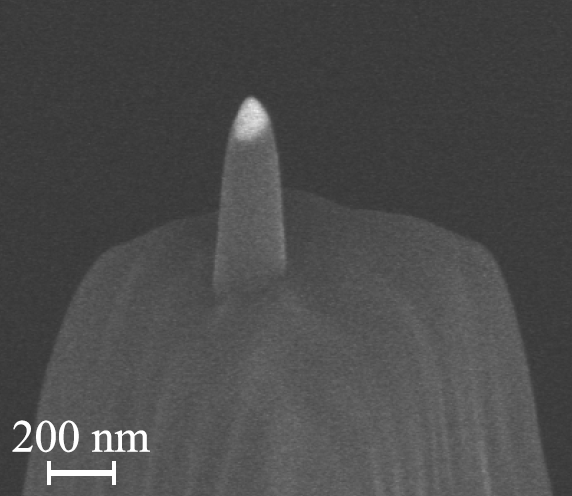
Yong, Y. K.; Eielsen, A. A.; Fleming, A. J.
Thermal Protection of Piezoelectric Actuators Using Complex Electrical Power Measurements and Simplified Thermal Models Journal Article Forthcoming
In: IEEE/ASME Transactions on Mechatronics, Forthcoming, ISBN: 1083-4435.
@article{J24b,
title = {Thermal Protection of Piezoelectric Actuators Using Complex Electrical Power Measurements and Simplified Thermal Models},
author = {Y. K. Yong and A. A. Eielsen and A. J. Fleming},
url = {https://www.precisionmechatronicslab.com/wp-content/uploads/2024/02/J24b-preprint.pdf},
doi = {10.1109/TMECH.2023.3277437},
isbn = {1083-4435},
year = {2024},
date = {2024-01-01},
urldate = {2024-01-01},
journal = {IEEE/ASME Transactions on Mechatronics},
abstract = {This article describes a method for estimating the temperature of high-power piezoelectric actuators when a direct temperature measurement is impractical. The heat flow is estimated from the real component of the electrical power; then, the temperature is estimated by a transfer function that approximates the thermal response of the system. The transfer function can be derived analytically from a lumped-element approximation or calibrated experimentally by using a system identification method. The proposed method is demonstrated on a piezoelectric stack actuator used in a high-speed nanopositioning device. A second-order transfer function estimates the temperature to within 3 ∘ C of a reference measurement for a range of operating conditions. The proposed method is suitable for protecting piezoelectric actuators in applications where direct temperature measurement is impractical, for example, due to space or wiring constraints.},
keywords = {},
pubstate = {forthcoming},
tppubtype = {article}
}
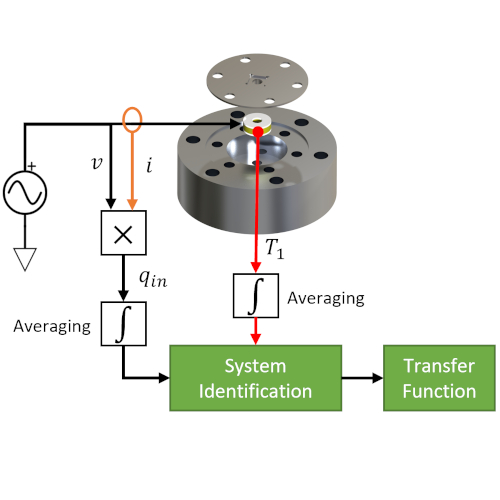
Xavier, M. S.; Harrison, S.; Howard, D.; Yong, Y. K.; Fleming, A. J.
Modeling of soft fluidic actuators using fluid-structure interaction simulations with underwater applications Journal Article
In: International Journal of Mechanical Sciences, vol. 255, iss. 108437, pp. 1-11, 2023, ISSN: 1879-2162.
@article{J23a,
title = {Modeling of soft fluidic actuators using fluid-structure interaction simulations with underwater applications},
author = {M. S. Xavier and S. Harrison and D. Howard and Y. K. Yong and A. J. Fleming},
url = {https://www.precisionmechatronicslab.com/wp-content/uploads/2023/06/FSI.pdf},
doi = {10.1016/j.ijmecsci.2023.108437},
issn = {1879-2162},
year = {2023},
date = {2023-05-15},
urldate = {2023-05-15},
journal = {International Journal of Mechanical Sciences},
volume = {255},
issue = {108437},
pages = {1-11},
abstract = {Soft robots have been developed for a variety of applications including gripping, locomotion, wearables and medical devices. For the majority of soft robots, actuation is performed using pneumatics or hydraulics. Many previous works have addressed the modeling of these fluid-driven soft robots using static finite element simulations where the pressure inside the actuator is assumed to be constant and uniform. The assumption of constant internal pressure is a useful simplification but introduces significant errors during events such as pressurization, depressurization, and transient loads from a liquid environment. Applications that use soft actuators for locomotion or propulsion operate using a sequence of transient events, so accurate simulation of these events is critical to optimizing performance. To improve the simulation of soft fluidic actuators and enable the modeling of both internal and external fluid flow in underwater applications, this work describes a fully-coupled, three-dimensional fluid–structure interaction simulation approach, where the pressure and flow dynamics are explicitly solved. This approach provides a realistic simulation of soft actuators in fluid environments, and permits the optimization of transient responses, which may be due to a combination of environmental fluid loads and non-uniform pressurization. The proposed methods are demonstrated in a number of case studies and experiments for a range of actuation and both internal and external inlet flow configurations, including bending actuators, a soft robotic fish fin for propulsion, and experimental results of a bending actuator in a high-speed fluid, which correlate closely with simulations. The proposed approach is expected to assist in the design, modeling, and optimization of bioinspired soft robots in underwater applications.},
keywords = {},
pubstate = {published},
tppubtype = {article}
}
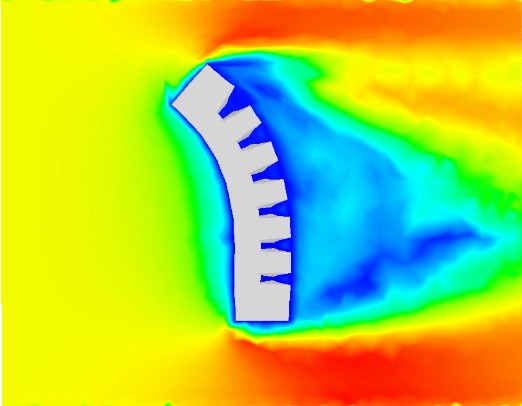
McCourt, L. R.; Routley, B. S.; Ruppert, M. G.; Keast, V. J.; Sathish, C. I.; Borah, R.; Goreham, R. V.; Fleming, A. J.
In: ACS Applied Nano Materials, vol. 5, iss. 7, pp. 9024-9033, 2022, ISSN: 2574-0970.
@article{nokey,
title = {Single-Walled Carbon Nanotubes as One-Dimensional Scattering Surfaces for Measuring Point Spread Functions and Performance of Tip-Enhanced Raman Spectroscopy Probes},
author = {L. R. McCourt and B. S. Routley and M. G. Ruppert and V. J. Keast and C. I. Sathish and R. Borah and R. V. Goreham and A. J. Fleming},
url = {https://www.precisionmechatronicslab.com/wp-content/uploads/2023/02/J22i.pdf},
doi = {10.1021/acsanm.2c01274},
issn = {2574-0970},
year = {2022},
date = {2022-06-21},
urldate = {2022-06-21},
journal = {ACS Applied Nano Materials},
volume = {5},
issue = {7},
pages = {9024-9033},
abstract = {This Article describes a method for the characterization of the imaging performance of tip-enhanced Raman spectroscopy probes. The proposed method identifies single-walled carbon nanotubes that are suitable as one-dimensional Raman scattering objects by using atomic force microscope maps and exciting the radial breathing mode using 785 nm illumination. High-resolution cross sections of the nanotubes are collected, and the point spread functions are calculated along with the optical contrast and spot diameter. The method is used to characterize several probes, which results in a set of imaging recommendations and a summary of limitations for each probe. Elemental analysis and boundary element simulations are used to explain the formation of multiple peaks in the point spread functions as a consequence of random grain formation on the probe surface.},
keywords = {},
pubstate = {published},
tppubtype = {article}
}
